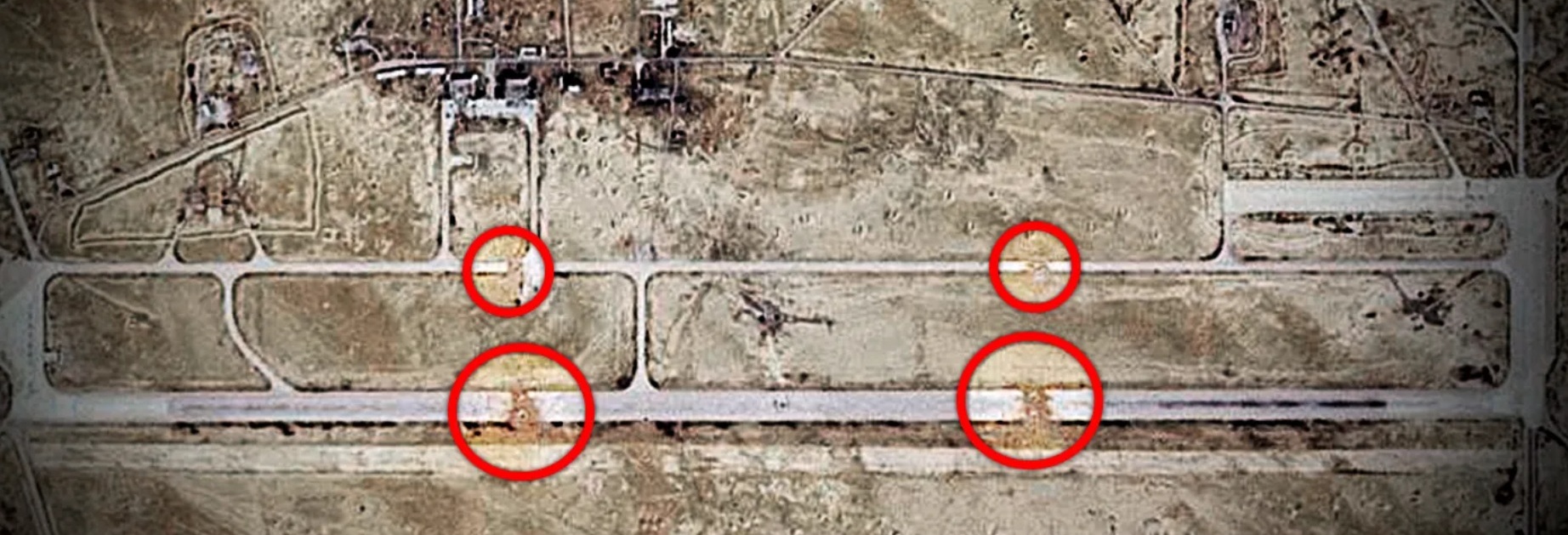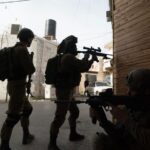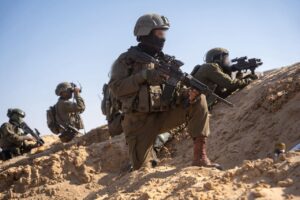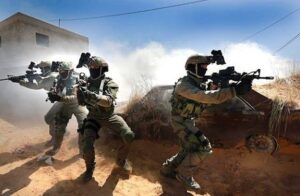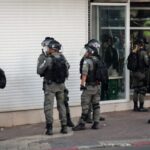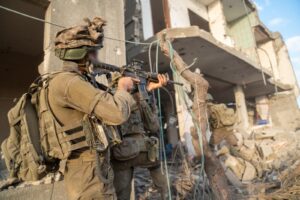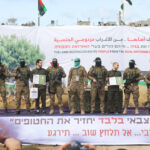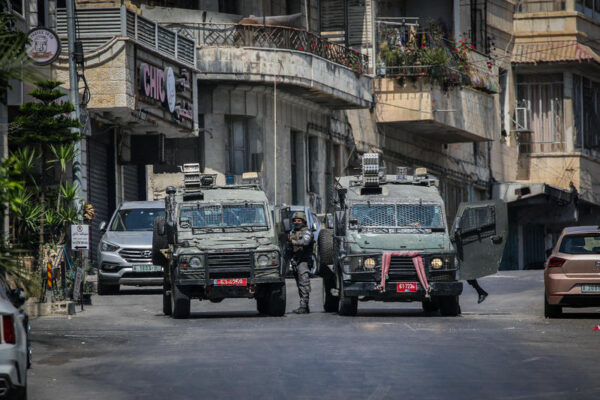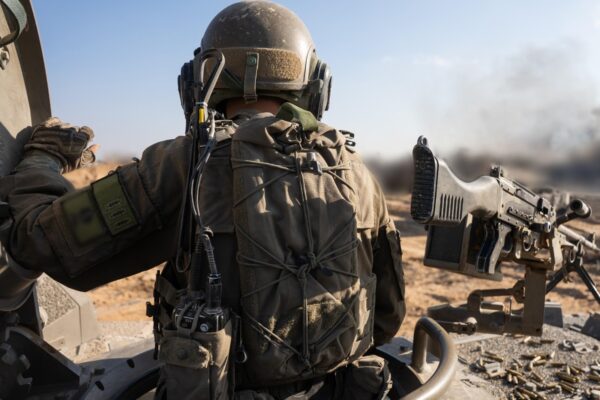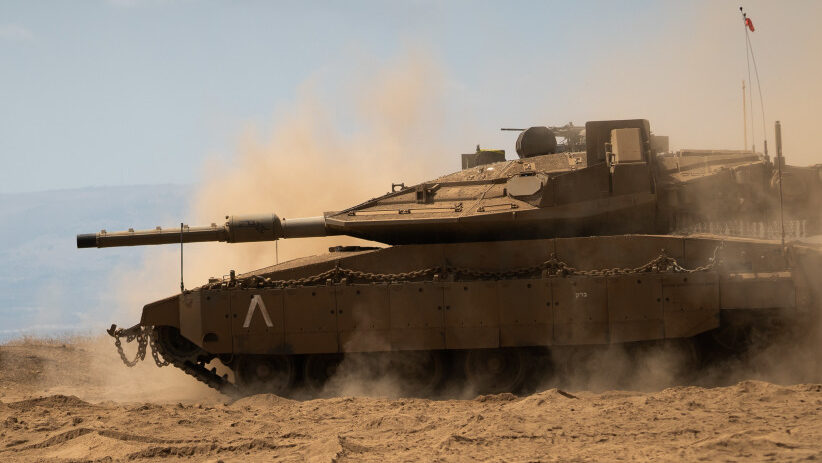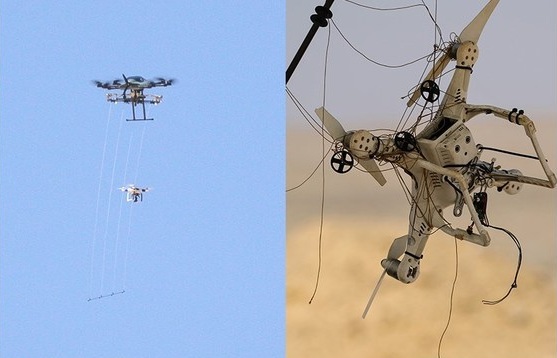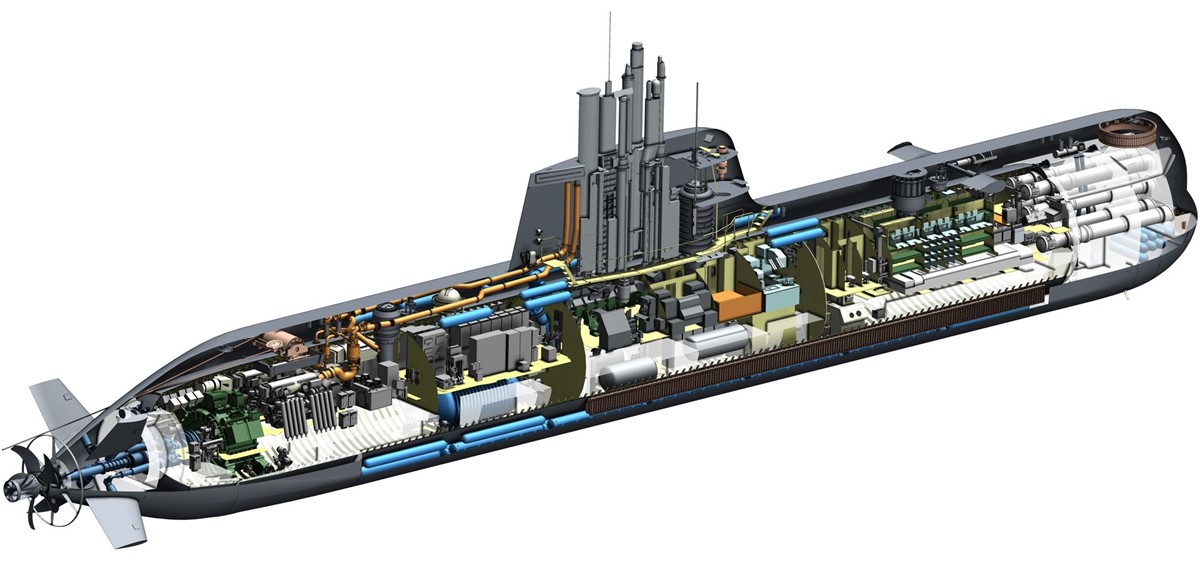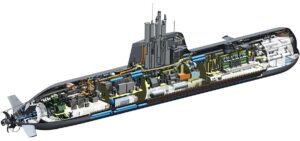Recently, the IAF used runway‑cratering strikes in both Syria and Iran.
By Hezy Laing
The Israeli Air Force (IAF) has long relied on the tactic of “cratering runways” to prevent enemy fighters from engaging in combat.
By destroying or disabling enemy airstrips, the IAF ensures hostile aircraft remain grounded, neutralizing them before they can take off.
This strategy was famously employed during the Six‑Day War in June 1967, when Israel launched Operation Focus (Moked).
In the opening hours, Israeli jets struck Egyptian, Syrian, and Jordanian airbases, dropping specialized anti‑runway bombs that penetrated the tarmac before exploding.
The resulting craters made runways unusable, leaving hundreds of enemy aircraft trapped on the ground. Within the first day, Israel destroyed more than 400 Arab aircraft, securing air superiority for the rest of the war.
The weapons used for cratering are designed to maximize disruption. Penetration bombs dig into the surface before detonation, creating deep holes that cannot be quickly repaired.
Cluster munitions scatter multiple penetrators across the runway, ensuring widespread damage.
Even temporary craters force enemy forces to halt operations, as aircraft cannot safely take off or land until extensive repairs are completed.
The IAF continues to refine this doctrine.
Modern Israeli munitions include precision‑guided runway‑denial bombs, ensuring accuracy and minimizing collateral damage.
Combined with real‑time intelligence and surveillance, the IAF can disable multiple enemy bases in rapid succession.
This tactic is paired with Israel’s own defensive measures, such as preparing highway strips for emergency landings and dispersing aircraft to reduce vulnerability.
Recently, the IAF used runway‑cratering strikes in both Syria and Iran to prevent enemy fighters from engaging in combat, disabling airbases and grounding aircraft before they could take off.
In Syria, on April 3, 2025, Israeli jets carried out a series of strikes against the Hama military airport and the T‑4 airbase near Palmyra.
According to military sources, the IDF targeted runways, fuel depots, and radar installations, effectively crippling the Syrian Air Force’s ability to launch sorties.
These attacks were part of a broader campaign to eliminate “remaining military capacities” in Syria, ensuring that Syrian fighters and support aircraft could not challenge Israeli operations.
In Iran, the IDF escalated its strategy on June 23, 2025, striking six airports across western, central, and eastern Iran.
Using remotely piloted aircraft, the IDF destroyed runways, underground hangars, refueling aircraft, and multiple Iranian regime jets, including F‑14s, F‑5s, and AH‑1 attack helicopters.
By impairing takeoff capabilities, the IDF prevented the Iranian Air Force from deploying fighters intended to intercept Israeli jets operating deep inside Iranian territory.
The strikes were part of a larger campaign to expand Israeli air superiority and weaken Iran’s ability to project power.
Compared to traditional dogfighting, cratering runways is a preemptive method: it prevents aerial battles by denying the enemy the ability to launch fighters at all.
Military theorist Giulio Douhet once noted that destroying aircraft “in their nests” is far more efficient than chasing them in the sky—a principle the IAF has repeatedly demonstrated.
The IAF prevents enemy fighters from engaging in combat by striking their runways with specialized bombs, a tactic proven in 1967 and refined ever since. By keeping hostile aircraft grounded, the IAF secures air superiority before the battle even begins.


